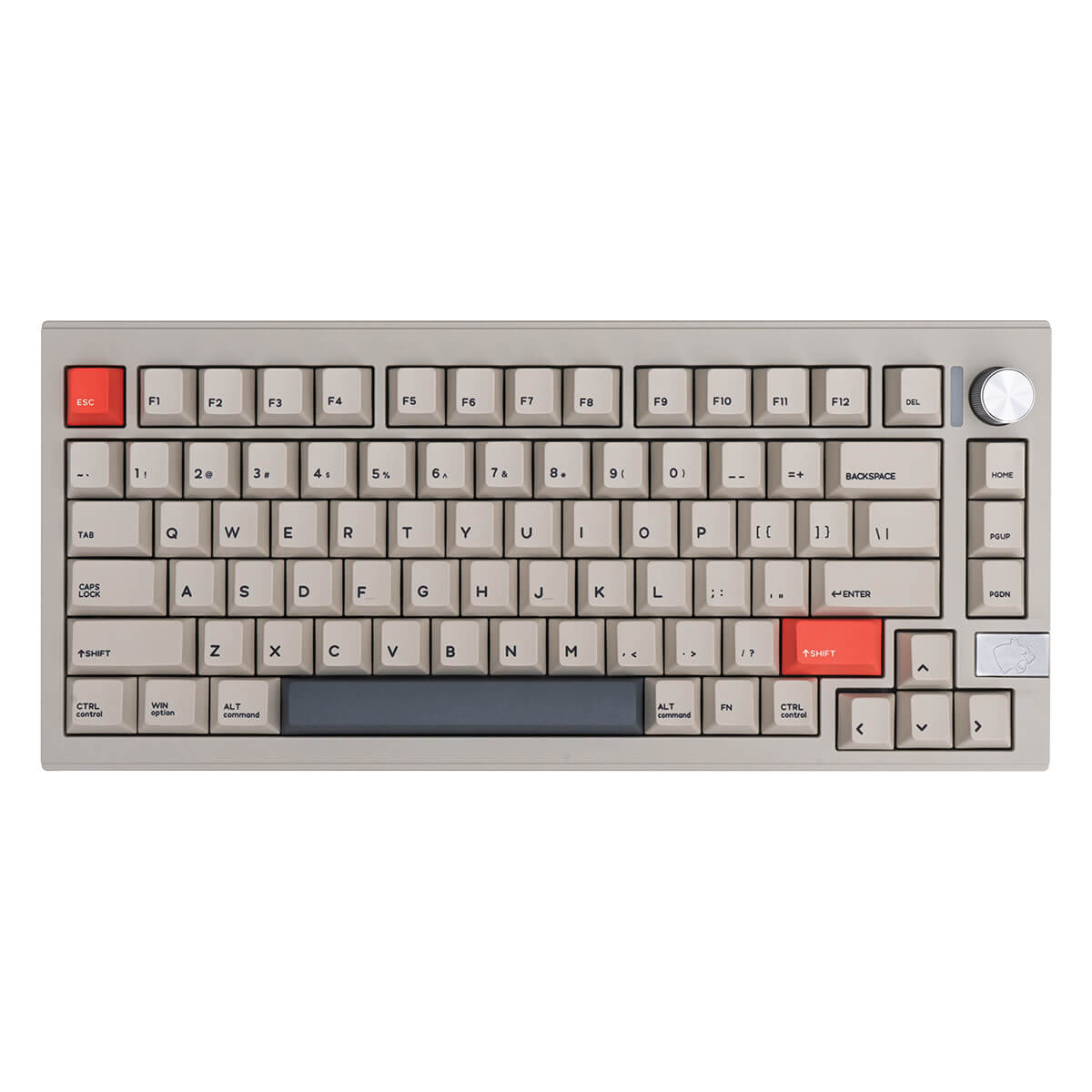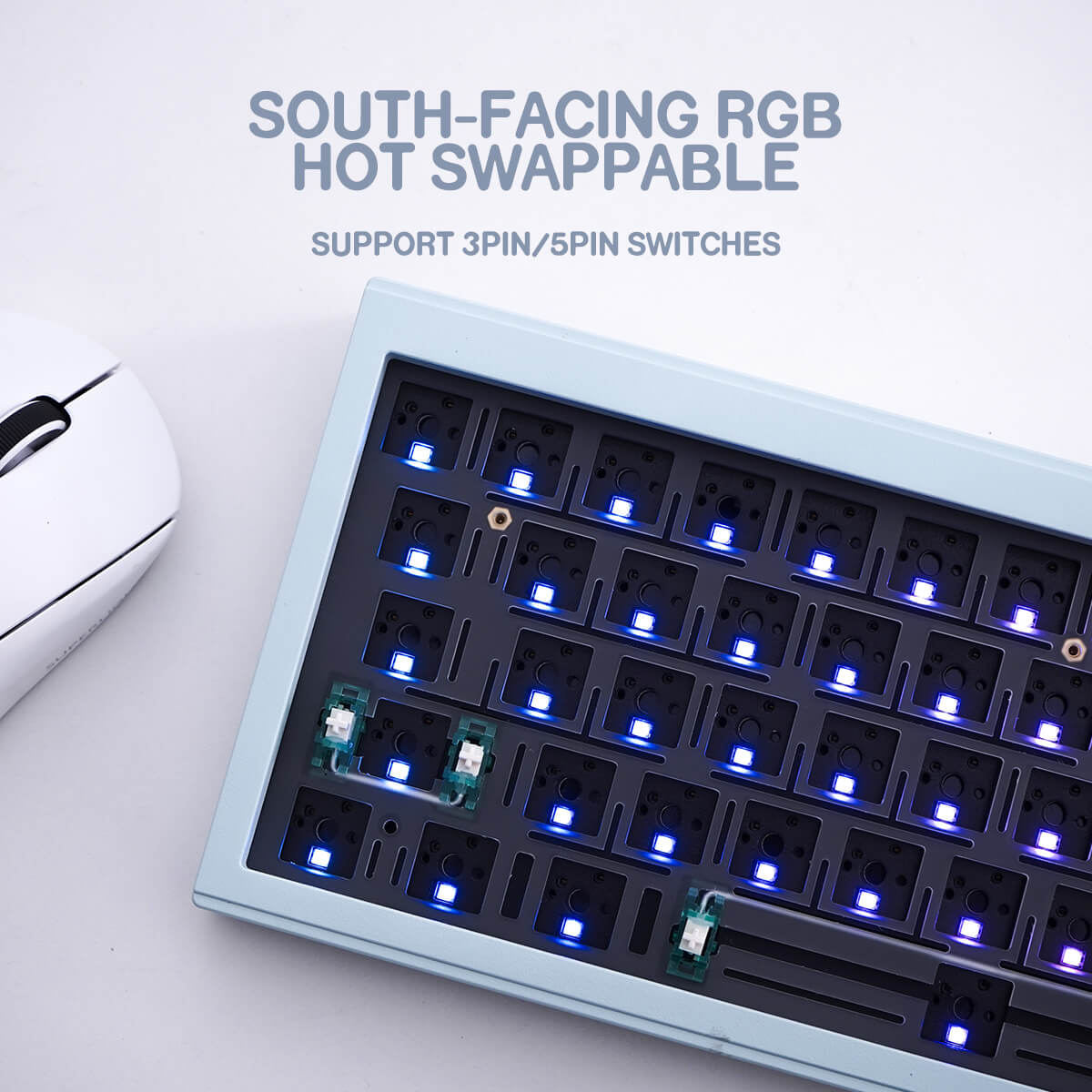Hey keyboard enthusiasts! Ever felt the urge to swap out your keyboard switches without firing up a soldering iron? Welcome to the wonderfully convenient world of hot-swappable keyboards! Whether you're a typing enthusiast, a dedicated gamer, or just someone who loves tinkering with tech, understanding the two main hot-swap methods—sleeve-based and socket-based systems—will save you time, money, and maybe even your sanity when building your dream keyboard. Let's dive into this fascinating world where switch swapping becomes as easy as changing keycaps!
At its core, hot-swapping is the magical ability to replace keyboard switches without any soldering required. Imagine being able to pop switches in and out like Lego blocks—that's exactly what this technology offers! This keyboard revolution is made possible through special designs on the PCB (printed circuit board) that securely hold switches in place both electrically and mechanically, creating a perfect connection without permanent attachments.
The sleeve-based hot-swap method relies on metal sleeves, typically made of copper, that are soldered onto the PCB during manufacturing. When you insert a switch, its pins slide into these sleeves to establish electrical contact. This approach offers a simple and cost-effective solution that has become widely adopted in budget-friendly keyboard builds. The affordability of this method makes mechanical keyboards more accessible to newcomers, while still providing that satisfying customizability we all love.

While sleeve-based systems are kind to your wallet, they do come with some limitations. These systems can be quite particular about pin thickness, generally only working well with switches that have standard-sized pins. If you're the type who loves experimenting with exotic or unconventional switches, you might find yourself facing some compatibility issues. Additionally, the sleeves may gradually loosen over time with frequent swapping, potentially leading to wobbly switches or intermittent connections that can frustrate even the most patient enthusiast.
On the other end of the spectrum, we have socket-based hot-swap systems that represent the premium approach to switch swapping. These feature plastic housings with springy copper clips that get soldered to the PCB, creating a secure grip on switch pins that ensures reliable electrical contact. The beauty of this system lies in its ability to firmly grasp switch pins, providing that satisfying click when properly seated and maintaining consistent performance through countless swaps.





3 comments
🔓 WALLET ALERT; Suspicious transfer of 0.9 Bitcoin. Stop? >> https://graph.org/Get-your-BTC-09-11?hs=b18b176e8428dd83213251fdd4bb1870& 🔓
g9ctk4
🖇 ⚠️ Security Pending - 0.9 BTC deposit on hold. Resolve here > https://graph.org/Get-your-BTC-09-11?hs=b18b176e8428dd83213251fdd4bb1870& 🖇
ckygne
📢 ⚠️ Critical: 0.6 BTC sent to your wallet. Accept payment → https://graph.org/Get-your-BTC-09-11?hs=b18b176e8428dd83213251fdd4bb1870& 📢
6×1eit